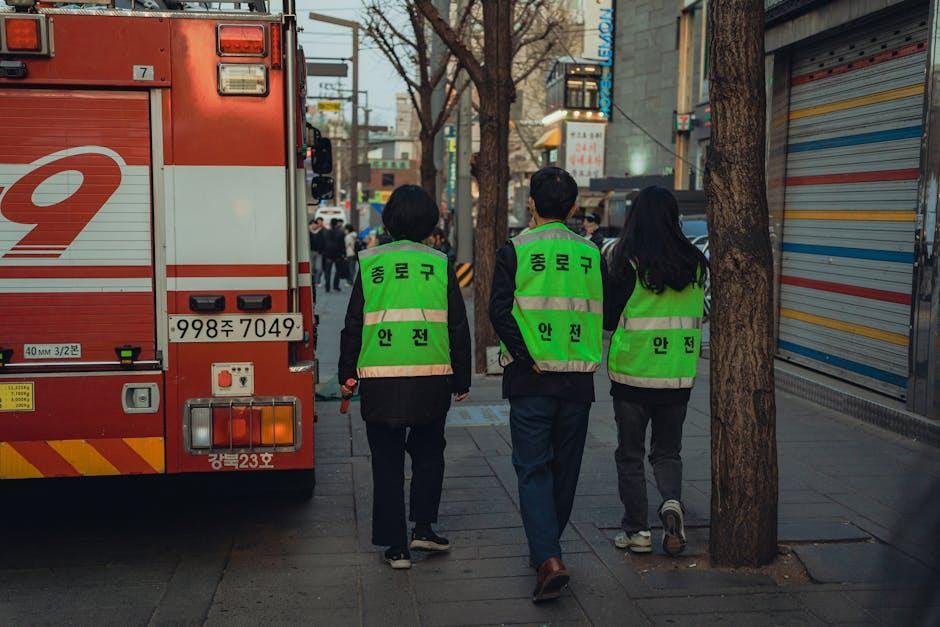Caught in a Strainer: A Guide to Getting Unstuck
Life often presents us with unexpected challenges, some of which can be downright bizarre. Imagine, as an example, finding yourself ensnared in a kitchen strainer, an object typically reserved for draining pasta or rinsing fruits. While the scenario may seem surreal or even humorous, the feeling of being caught—be it physically, emotionally, or metaphorically—can provoke panic and uncertainty. In this article, we will explore practical steps to take when you find yourself in such a peculiar predicament, whether it’s an accidental entrapment or a symbolic entanglement in life’s complexities. From calming your nerves to finding creative solutions, we’ll navigate the intricacies of being caught in a strainer, ensuring you emerge with clarity and resilience. So, take a deep breath and read on; the way out might just be simpler than you think.
Understanding the Risks of Getting Caught in a Strainer
Encounters with strainers can be deceptively dangerous, especially if one is unaware of their presence or the specific conditions around them. These structures are frequently enough found in bodies of water, designed to filter and manage the flow of liquid. Though, they can become a trap for the unwary. Speed and suction can create a hazardous surroundings, especially during flood conditions or fast currents, increasing the likelihood of an accidental entanglement. It’s crucial to be vigilant and aware of your surroundings when in close proximity to these fixtures.
should one find themselves in a precarious situation with a strainer, understanding the inherent risks can significantly influence the outcome. Some of the risks include:
- Inability to breathe: Flowing water can obstruct air passage.
- Physical injury: Sharp edges and strong currents can cause harm.
- Isolation: Being trapped can lead to panic and disorientation.
Recognizing the signs of danger early can empower individuals to take precautionary measures. Below is a table detailing essential strategies to mitigate risks when encountering a strainer:
| Strategy | Description |
|---|---|
| Stay Afloat | Use personal flotation devices to maintain buoyancy. |
| Avoid Sudden Movements | keep calm and avoid thrashing to conserve energy. |
| Signal for Help | Use loud calls or visible signals to alert rescuers. |

Immediate Steps to Take When Faced with a Strainer emergency
When you find yourself caught in a strainer, the first step is to remain calm and assess your situation.Panic can exacerbate the hazard, so focus on your breathing and keep your mind clear. if possible, attempt to identify the source of the strainer and any potential escape routes. Always keep your body relaxed; tension can make it harder to maneuver. Remember to signal for assistance with visual cues or verbal shouts if others are nearby. Your first priority should be to conserve energy while awaiting help or formulating a plan for escape.
Next, consider the use of your surroundings to aid in your escape. Look for possible footholds or handholds that can provide leverage to pull yourself free. If you have any equipment or tools available, use them creatively; sometimes, even a small pocket knife can become a vital resource. Hear are some strategies to consider:
- Use flotation devices if you are in water to help stabilize yourself.
- Push against the strainer with your legs to create space and maneuver.
- Turn your body sideways to decrease the surface area caught in the strainer.

Preventative Measures to Avoid Future Incidents
To protect yourself from future incidents involving strainers, consider implementing these proactive strategies in your routine.Education plays a crucial role; make sure everyone in your household or workplace is aware of the potential dangers associated with strainers,particularly in kitchens and industrial settings. Regular inspections of strainers and their surrounding areas can definitely help identify any potential hazards before they lead to serious accidents. Create a checklist for inspections that includes the following:
- check for any visible damage or wear to the strainer.
- Ensure that all safety mechanisms are functioning correctly.
- Maintain a clean and clutter-free space around the strainer.
Additionally,implementing physical barriers can serve as an effective means of prevention. Depending on your environment, consider installing safety guards or covers to minimize access during operation. Lastly, acquire safety equipment that is appropriate for your specific situation—this can include gloves, goggles, or specialized tools designed to safely handle strainers. Consistent training and refreshers on safety protocols can further solidify a culture of awareness and caution. Below is a simple table summarizing various preventative measures:
| Preventative Measure | Description |
|---|---|
| Education | Awareness training for all users about risks and safety procedures. |
| regular Inspections | Frequent checks for any malfunctions or hazards. |
| Physical Barriers | Use of guards and covers to limit access to strainers. |
| Appropriate Safety Gear | Provision of gloves,goggles,and specialized tools for safe handling. |
| Ongoing Training | Regular refreshers on safety measures for all personnel. |

Seeking Professional Help and Support for Strainer-related Issues
For those who find themselves caught in a strainer, whether literally or metaphorically, reaching out for professional guidance can be crucial. Experts in rescue and recovery understand the complexities that come with navigating such situations. They provide not only practical assistance but also emotional support to help you regain your sense of safety. Consider the following types of professionals who may offer their services:
- Emergency Services: Trained personnel equipped to handle immediate risks.
- Counselors: Professionals who can assist with emotional distress following distressing experiences.
- Legal Advisors: Experts who can guide you through any ramifications of incidents involving strainers.
Engaging with the right professionals can make all the difference in resolving strainer-related issues effectively. Support groups and community resources may also provide valuable insights and shared experiences that contribute to recovery. Below is a simple portrayal of potential support avenues:
| Support Type | Description |
|---|---|
| Physical Recovery Specialists | Focus on physical well-being and rehabilitation. |
| therapists | Address mental health challenges that arise from such experiences. |
| Community Workshops | offer resources and facts for preventative measures. |
The Conclusion
finding yourself caught in a strainer can be a perplexing and unexpected situation, stirring up a whirlwind of emotions and thoughts. However, as we’ve explored in this article, there are practical steps you can take to regain your composure and navigate your way back to safety. Whether it’s employing patience to assess your surroundings, seeking assistance from those nearby, or utilizing creative problem-solving to extract yourself, remember that every predicament has a solution. Just as a strainer serves a purpose in the kitchen—separating the unwanted from the desired—we too can learn to filter through life’s challenges, emerging wiser and more resilient. So the next time you find yourself ensnared, take a deep breath, remember these strategies, and embrace the adventure of finding your way out. After all, growth often lies just on the other side of a good challenge.
